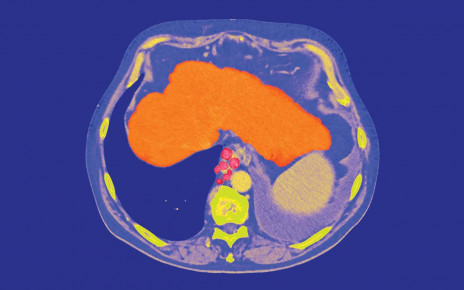[ad_1]

This skull from a teen boy found in a mass grave shows blunt force injuries
Mario Novak, copyright by Institute for Anthropological Research
The remains of a group of people who died 6200 years ago in a massacre in Croatia have been genetically analysed to reveal their ages, sex and ancestry.
Mario Novak at the Institute for Anthropological Research in Zagreb, Croatia, and his colleagues retrieved DNA from 38 of 41 individuals found in a mass grave in Potočani, Croatia. The other three remains didn’t contain enough genetic material to sequence.
Advertisement
The DNA, taken from a section of the skull which protects the inner ear called the petrous bone, along with an analysis of the skeletons helped the team learn more about those killed.
“There are at least 41 individuals of both sexes and almost all age groups – the youngest is about 2 years old and the oldest is about 50,” says Novak. Radiocarbon dating of each individual and layers of the mass grave indicated that they were killed and buried in 4200 BC.
The researchers found the grave contained 21 males and 20 females, and that half of them were under 17 years old at time of death. They saw evidence of head injuries on 13 of the skulls, with some individuals having up to four such injuries. These were probably caused by blunt weapons.
“We assume that these people were probably kneeling or lying down and were struck from behind,” says Novak. “All these injuries were lethal because they don’t show any signs of healing, so their death must have been instantaneous.”
Their research also revealed that just 11 of the genetically analysed individuals were linked by family ties. All 38 individuals had a similar ancestry, with 91 per cent of their DNA coming from Anatolian Neolithic people and 9 per cent coming from Western European hunter-gatherers.
“This massacre was not orientated to a very specific part of the community or of a particular family,” says Novak. The people in this group were killed indiscriminately as there were members of both sexes, all age groups and several families – as opposed to other examples of massacres in prehistoric communities in the Copper Age. “Everyone was killed without exception,” he says.
Journal reference: PLoS One, DOI: 10.1371/journal.pone.0247332
More on these topics:
[ad_2]
Source link




